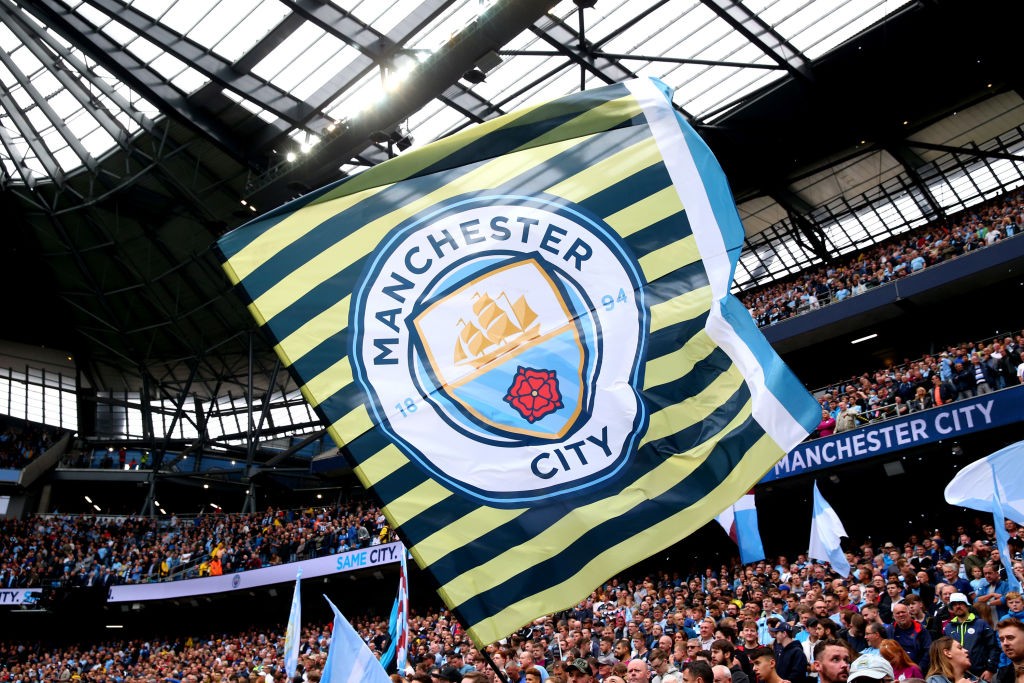![[C] en.wikipedia.org/wiki/File:Kf_east_bengal_logo.png](https://upload.wikimedia.org/wikipedia/en/4/44/Kf_east_bengal_logo.png) The establishment of East Bengal Football Club has a very sensitive connection with the pre-independent socio-ethnic culture of the then Bengal territory. The discrimination of people on the basis of ethnicity bifurcated Bengalee community into two major subdivisions, viz Ghotis – people hailing from Western regions of Bengal and Bangals – people representing Eastern parts of Bengal. The mutual inherent antipathy extended its roots in the football arena as well and this was the main driving force behind the chauvinistic formation of East Bengal Club; an establishment to represent the Bangal sentiments.
The establishment of East Bengal Football Club has a very sensitive connection with the pre-independent socio-ethnic culture of the then Bengal territory. The discrimination of people on the basis of ethnicity bifurcated Bengalee community into two major subdivisions, viz Ghotis – people hailing from Western regions of Bengal and Bangals – people representing Eastern parts of Bengal. The mutual inherent antipathy extended its roots in the football arena as well and this was the main driving force behind the chauvinistic formation of East Bengal Club; an establishment to represent the Bangal sentiments.
The Origin:
It all started from the infamous 1920 Coochbeher Trophy final match between Mohun Bagan and Jorabagan Football Club. In that eventful evening of the final match, Jorabagan decided to exclude two of its star players, Shailesh Bose and Nasha Sen, from the final squad for some unknown reasons. It was crystal clear that the duo were not ousted because of their football credentials, rather it was their Bangal ethnicity that led to the expulsion. This infuriated Jorabagan’s Vice President, Mr. Suresh Choudhury, who himself was a descendant of Eastern Bengal. He took an impulsive decision to resign immediately and disengaged himself from Jorabagan Club. That was the point when the Bangal fraternity of Kolkata felt the need to protect their own identity and decided to form an organization that would ymbolize the Bangal sentiments.
In a matter of few days, Suresh Choudhury, Shailesh Bose, Nasha Sen and Aurobindo Ghosh decided on the name and on 1st August 1920,“East Bengal Club” was unveiled. The Ray‘s of Kumartuli – Rai Bahadur Torit Bhushan Roy, Nandalal Ray and Nanilal Ray – and the Maharaja of Santosh – Manmatha Nath Choudhury – were the chief patronages of the club and provided the necessary financial backing. Incidentally, it was Manmatha Nath Choudhury, after whom the premier inter-state football championship, the “Santosh Trophy”, is named.
The Evolution:
East Bengal Club played its first tournament in the very first month of establishment. The club tasted immediate success and managed to win the Hercules Cup, a seven-a-side competition, defeating DCLI in the finals.
The founder members soon realized that to gain recognition and wide acceptance, getting affiliation from IFA would be the foremost step. East Bengal participated in the IFA’s second division football league and straight away announced its arrival by finishing third. Club authority’s appeal – to all the Eastern Bengal originated players to join hands together – received overwhelming response and East Bengal fielded a highly competent team in the year 1924. It bore fruit and East Bengal Club were crowned Champions in the IFA second division football league that year.
The East Bengal of today lining up in the AFC Cup
However, that Championship did not produce an automatic elevation to the first division; since the discriminating rules, laid down by the British-empowered IFA, allowed only two Indian teams to participate in the privileged top division league. As Mohun Bagan and Aryans were already occupying the two available slots, only a change in IFA constitution could enable East Bengal to feature in the elite league.
The then East Bengal Club President, Maharaja of Santosh – Mr. Manmatha Nath Choudhury, was a highly influential personality and his close acquaintance with top British Government officials helped the club to obtain majority support in the IFA Governing Council and thus East Bengal Club earned a much deserved promotion in the elite national football tournament. In subsequent years, this victory of East Bengal Club, which broke the organizational shackles of IFA, led to the abolition of a series of unjustifiable and biased conventions that had been used as a barricade against the development of local Indian clubs.
Ironically enough, it is worth mentioning here that, while the nine British Clubs unanimously voted in favor of East Bengal’s inclusion in the first division league, it was the Indian clubs, Mohun Bagan and Aryans, who opposed this motion.
The First Ever Kolkata Derby:
The Red and Gold brigade never looked back after that. In the first division league of 1925, East Bengal clashed with the arch-rivals Mohun bagan for the first time and managed to sink their bitter city rivals by 1-0 margin in an eventful match. Nepal Chakraborty of East Bengal was the first ever scorer in a Kolkata derby. Mona Dutta was the captain of that immortal squad which also featured the likes of Surjya Chakraborty, Haran Saha, Dulal Guha Thakurata, etal. Over 50,000 supporters, who had painted the Maidan Red & Gold that afternoon, celebrated the club’s triumph by lighting mashals (torch – the club’s symbol).
After more than eight decades, this fierce rivalry is still continuing in the same passionate manner and is still the biggest crowd puller in the country even today. Till date both the clubs clashed against each other on 293 occassions – with East Bengal winning 109 matches compared to Mohun Bagan’s 83 victories.
The Journey Towards Glory:
The year 1942 marked the beginning of a new era in the history of Indian football. East Bengal Club won the Calcutta Top Division football league for the first time in 1942. Somana, the Club Captain, was the top scorer in the league with 26 goals. Legendary footballers like Mohammed Salim, Pagsley, Byomkesh Bose, Murgesh, Paritosh Chakraborty, Sunil Ghosh etal represented the club during that campaign. The very next year East Bengal conquered the prestigious IFA Shield trophy for the first time. In 1945 the club achieved the coveted Double, winning both Calcutta League and the IFA Shield. East Bengal’s S. Nayar scored a massive 36 goals in the 1946 Calcutta League, which is still an unbroken record.
In the latter half of the decade, East Bengal team established itself as the strongest club in the country, thanks to the Panchapandavas of the Club. Venkatesh, Apparao, Dhanraj, Ahmed Khan and PBA Saleh formed this deadly five-some forward lineup, which shattered almost all the existing records. This period of 1949-1953 can be termed as the Golden Period for the club. In 1949, East Bengal achieved the glory of becoming first Indian club in the history to complete the Treble – the Calcutta League, IFA Shield and the Rovers Cup. In 1951, East Bengal Club triumphed in the Durand Cup for the first time. Incidentally, Durand Cup, started by Sir Mortimer Durand in the year 1888, is the third oldest football tournament in the world, after the English and Scottish FA Cups.
The club’s historic triumph of winning the IFA Shield thrice in a row from 1949 through 1951, earned them the unique distinction of being adjudged the “Best Soccer Club” in the country by the English FA annual almanac of 1951-52. During the same period, East Bengal got its first international exposure when they took on a Chinese Olympic XI in a friendly match, which they won comfortably by 2-0 margin. Appa Rao and PBA Saleh were the scorers for the club.
Jyotish Chandra Guha, the former club General Secretary, deserves a special mention here for his outstanding contribution towards club’s success. Behind the scene, he was the main architect for all the victories. He was the person who brought in the concept of professionalism among the Indian players. His tireless efforts in spotting talents from different parts of the country, making them go through strict fitness training and treating players like extended family members brought a positive environment in the dressing room, which resulted in an unmatched success in his tenure.





